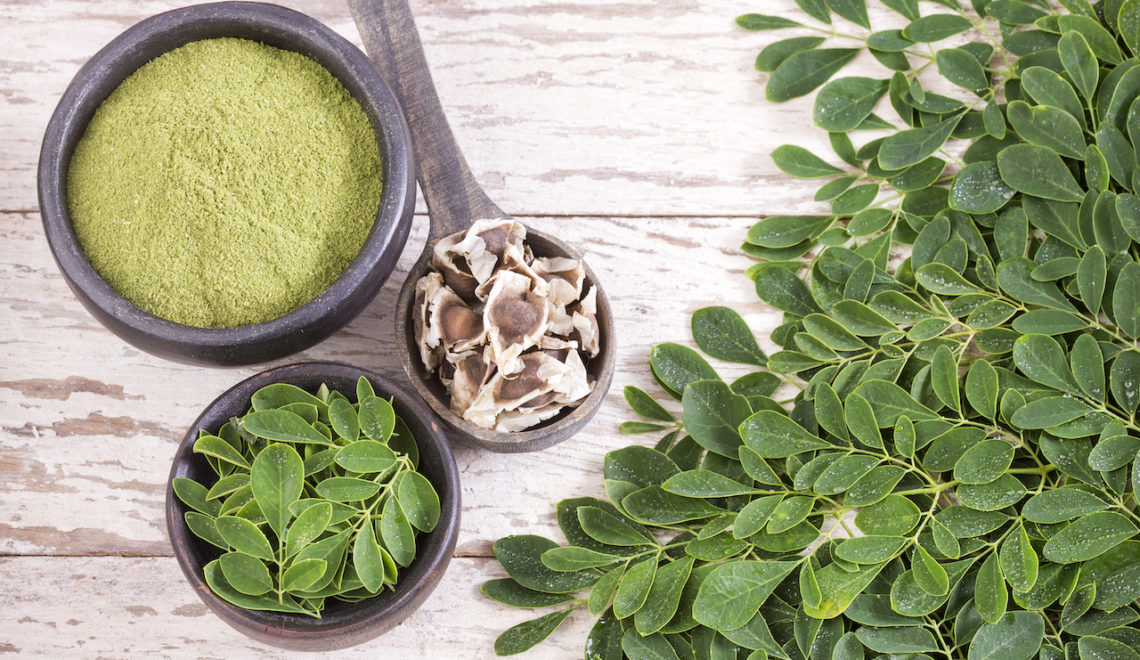
Obesity. One of the most commonly acknowledged growing health problems today. But we often overlook the opposite spectrum of the world’s health problems. Malnutrition, according to UN’s Standing Committee on Nutrition (SCN), is one of the biggest contributors linked to disease. Malnutrition is not about getting enough food, rather it is having food that provides the proper amounts of vitamins and minerals for a body to healthily function and grow; quality, not quantity. Children with malnutrition show stunted growth, reduced physical capability, mental retardation, and ultimately, brain damage. World Food Programme (WFP) reports that the first two years of a child’s life is the critical “window of opportunity” to fight malnutrition by preventing any future irreversible damage that results from childhood undernutrition.
So, how does Moringa oleifera play into all of this? Does it really help? Is Kuli Kuli actually onto something here?
Well, a study published in Food and Nutrition Sciences in 2013 shows exactly how much Moringa oleifera leaf powder plays in the recovery of severely malnourished children.
You can examine the published, full length study here or continue on to read a super-shortened summary of the entire study or, for the more visually stimulated people, skip forward to the handy infographic below.
Summary:
A rehabilitation study with malnourished children was conducted to assess the nutritional impact of Moringa oleifera leaf powder. 110 children from Ouagadougou, West Africa, were randomly selected and divided into two groups. All children were diagnosed by nurses and the research team with signs of malnutrition and other related diseases. Group 1 of 55 children were fed the CREN standard nutritional care diet consisting of a mixed flour porridge with boiled corn, millet, peanut, bean, and rice flour mixed with sugar. Group 2 were fed the same CREN standard nutritional care diet with an additional 10g Moringa leaf powder/ day.
Parameters assessed:
The average duration of stay for children in Group 1 was 57 ± 19.2 days (no Moringa supplement) compared to Group 2 of 36 days ± 16.5 days (with Moringa supplement). While neither groups fulfill the World Health Organization (WHO) guidelines for the Rehabilitation Phase of the treatment for severely malnourished children of 42 days, the apparent shorter average stay for the group receiving the Moringa supplement does indicate a faster and more efficient recovery rate than the group not receiving supplementation.
The average daily weight gain is perhaps the most transparent indicator of the children’s health. Without supplementation, weight gain per day was recorded at 5.7 ± 2.72 g/kg/day against 8.9 ± 4.30 g/kg/day. Compared with the WHO’s standard weight gain guidelines, Group 1 hovers between the “poor” ( 10 g/kg/day) levels. Again, though neither groups are firmly in the recommended “good” level, the statistical comparison shows significant weight gain difference between the two groups, pointing to further evidence that Moringa leaf powder may help increase weight gain in severely malnourished children.
The average frequency of food waste due to vomit or diarrhea from chronic malnutrition is possibly one of the largest influence on the children’s average daily weight gain. Group 1 showed an 80.3% rejection of food intake compared to 7.8% rejection with the supplement. Though high rejection rates were observed for children in Group 1, there were no further adverse side effects attributed to Moringa leaf powder consumption. The significant difference in Group 2’s acceptability of the supplement indicates that Moringa provides a good, quality source of nutrients for malnourished children.
Results:
Results of the rehabilitation program show signifiant nutritional benefits in the consumption of Moringa oleifera leaf powder. The positive nutritional potential of Moringa leaf powder may be advantageous consumed as a regular dietary supplement and provide a favorable advantage for victims fighting against malnutrition.
References:
Urbain Zongo et al. “Nutritional and Clinical Rehabilitation of Severely Malnourished Children with Moringa oleifera Lam. Leaf Powder in Ouagadougou (Burkina Faso)” Food and Nutrition Sciences, 2013, 4, 991-997
http://dx.dor.org/10.4236/fns.2013.49128 Published Online September 2013
http://www.wfp.org/hunger/malnutrition
http://www.who.int/nutrition/publications/guide_inpatient_text.pdf











